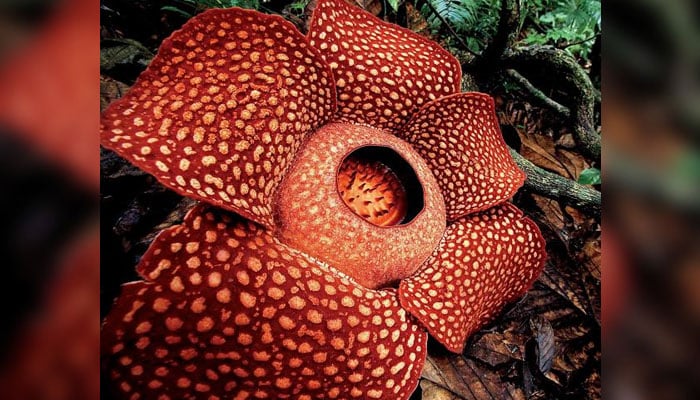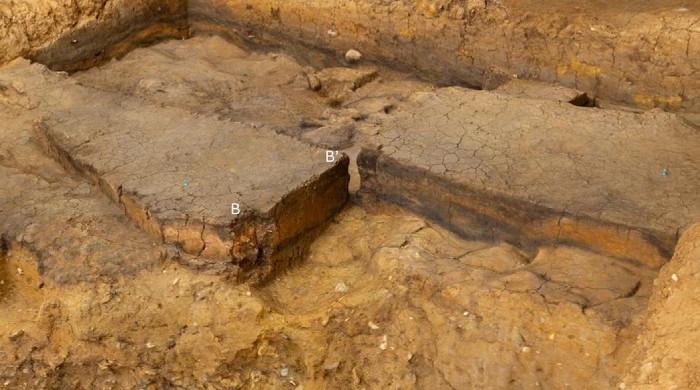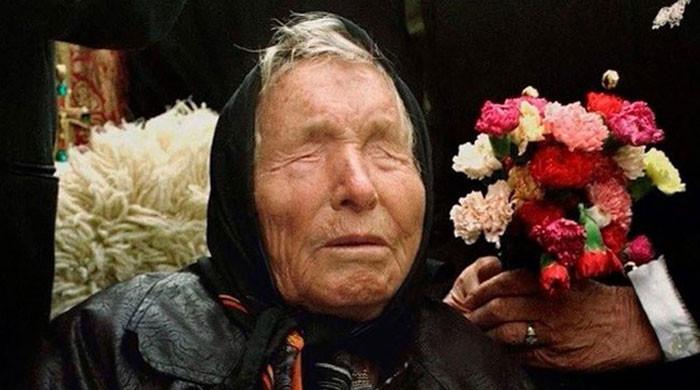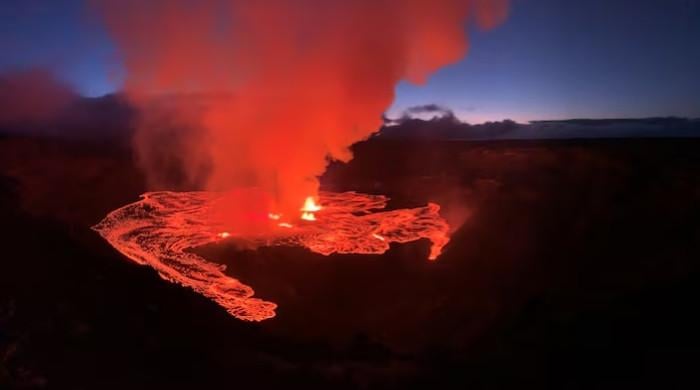Rafflesia: World's largest flower on brink of extinction — Here's what scientists fear
One species of the Rafflesia flower is currently classed as "critically endangered"
September 20, 2023

New research published on Wednesday revealed that the majority of species of the world's largest flower, the Rafflesia flower, which has long captivated people's attention with its massive speckled red petals, are now on the brink of extinction.
Rafflesia, a parasite that inhabits tropical vines in regions of Southeast Asia, produces some of the biggest flowers in the world.
With its flowers blooming inexplicably, it is somewhat mysterious, and botanists have only had sporadic success spreading it outside of its natural habitat.
One species of the flower is currently classed as "critically endangered", according to the International Union for Conservation of Nature.
A group of botanists analysed 42 Rafflesia species and their habitats in Brunei, Indonesia, Malaysia, the Philippines, and Thailand to understand the plant's conservation status.
Based on the rapid disappearance of its forest habitats, as well as insufficient conservation strategies and protection plans, the plant is at far greater risk than previously known, they said.
"We estimate that 60 per cent of Rafflesia species face a severe risk of extinction," the researchers wrote in the study, published Wednesday in the peer-reviewed Plants, People, Planet journal.
Some species risk going extinct before they are even known to science, the study said, urging more research into the unusual plant, according to AFP.
"We urgently need a joined-up, cross-regional approach to save some of the world's most remarkable flowers, most of which are now on the brink of being lost," said Chris Thorogood, deputy director of Oxford University's Botanical Garden and a study author.
The research points out that the plant is believed to grow in fairly limited areas, making it particularly vulnerable to habitat destruction.
It also highlights several bright spots in conservation efforts, including successful propagation at a botanical garden in Indonesia's West Java, and sustainable ecotourism around the plant in West Sumatra.
Last year, nations pledged to protect 30 per cent of the world's land and seas by 2030 in a landmark deal to slow the disappearance of species and ecosystems.
Repeated studies have warned that the twin threats of climate change and environmental destruction caused by humans are dramatically reducing biodiversity worldwide.









